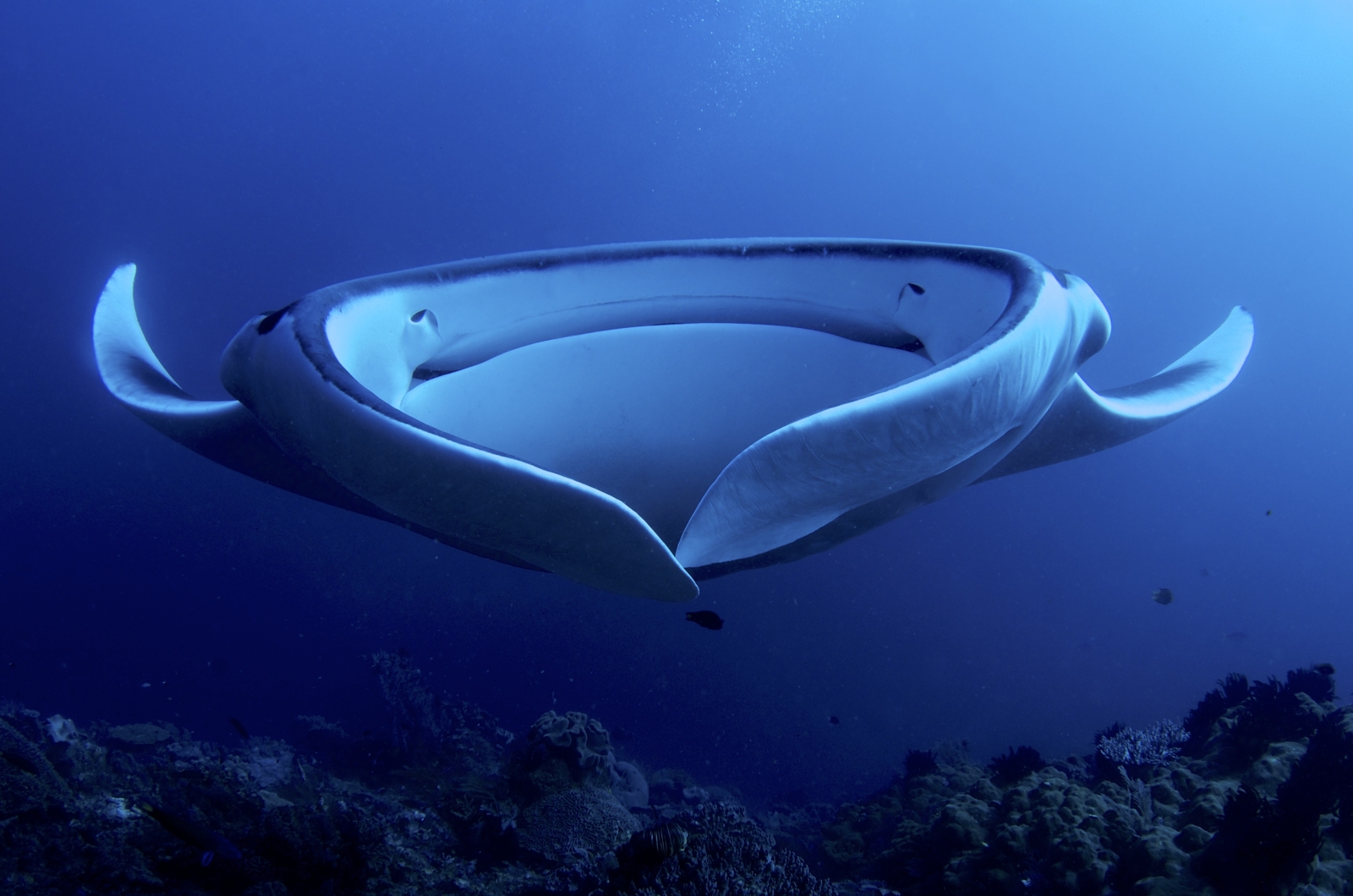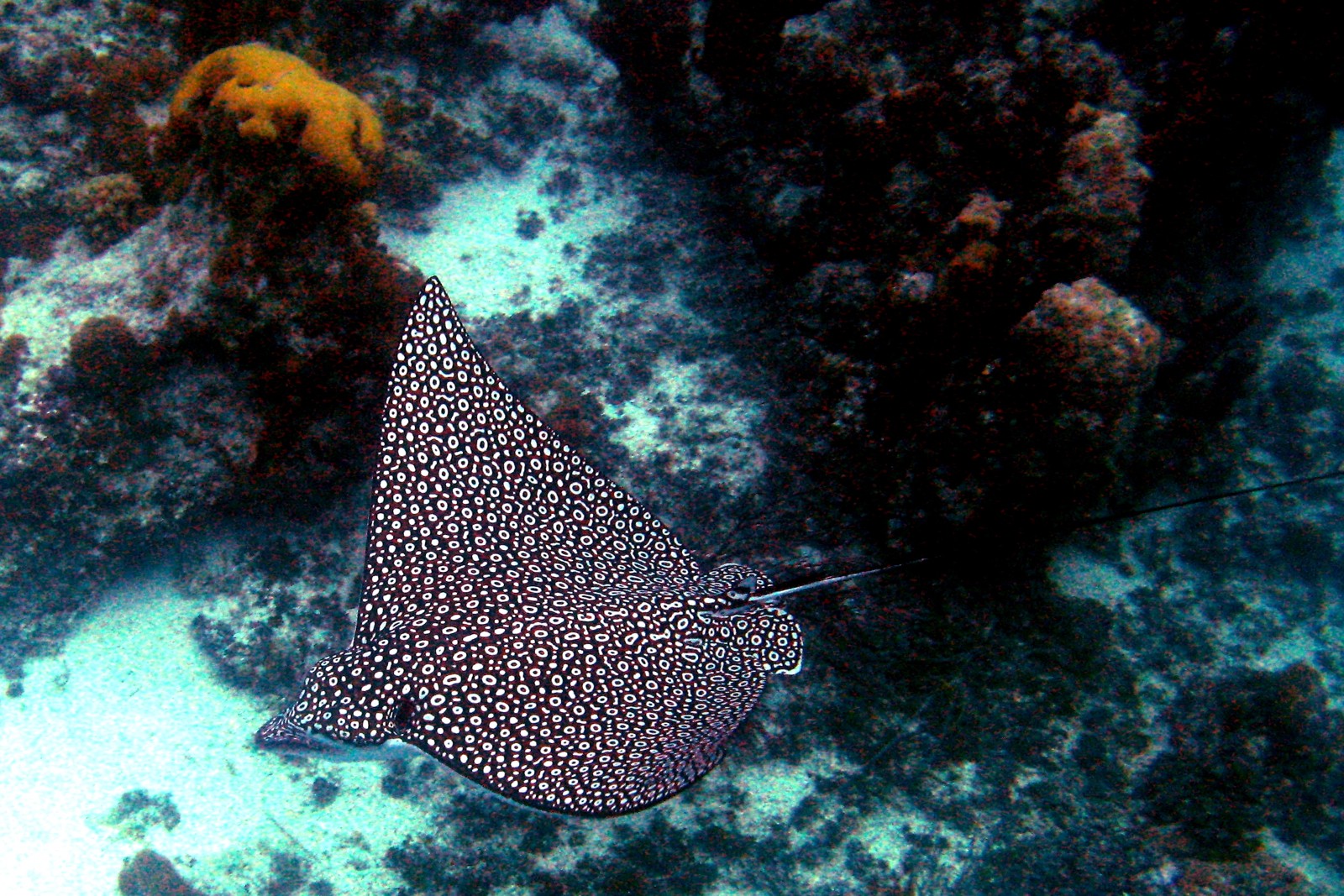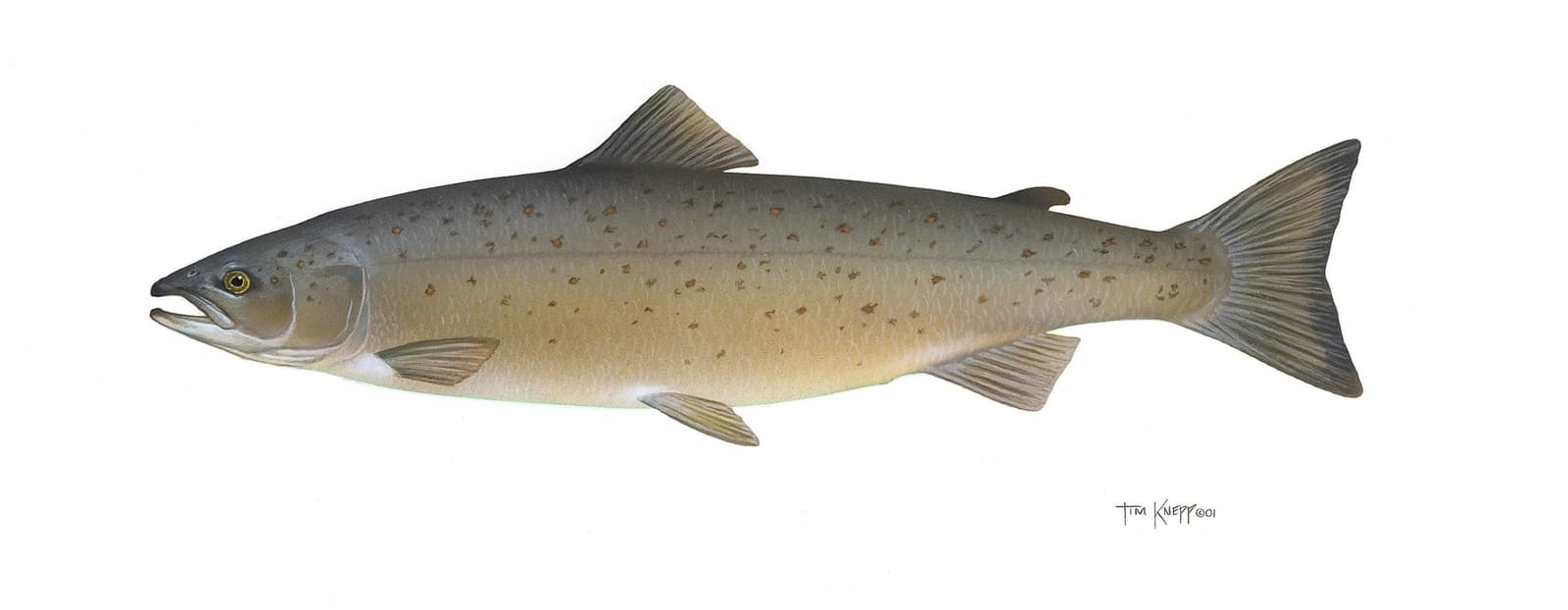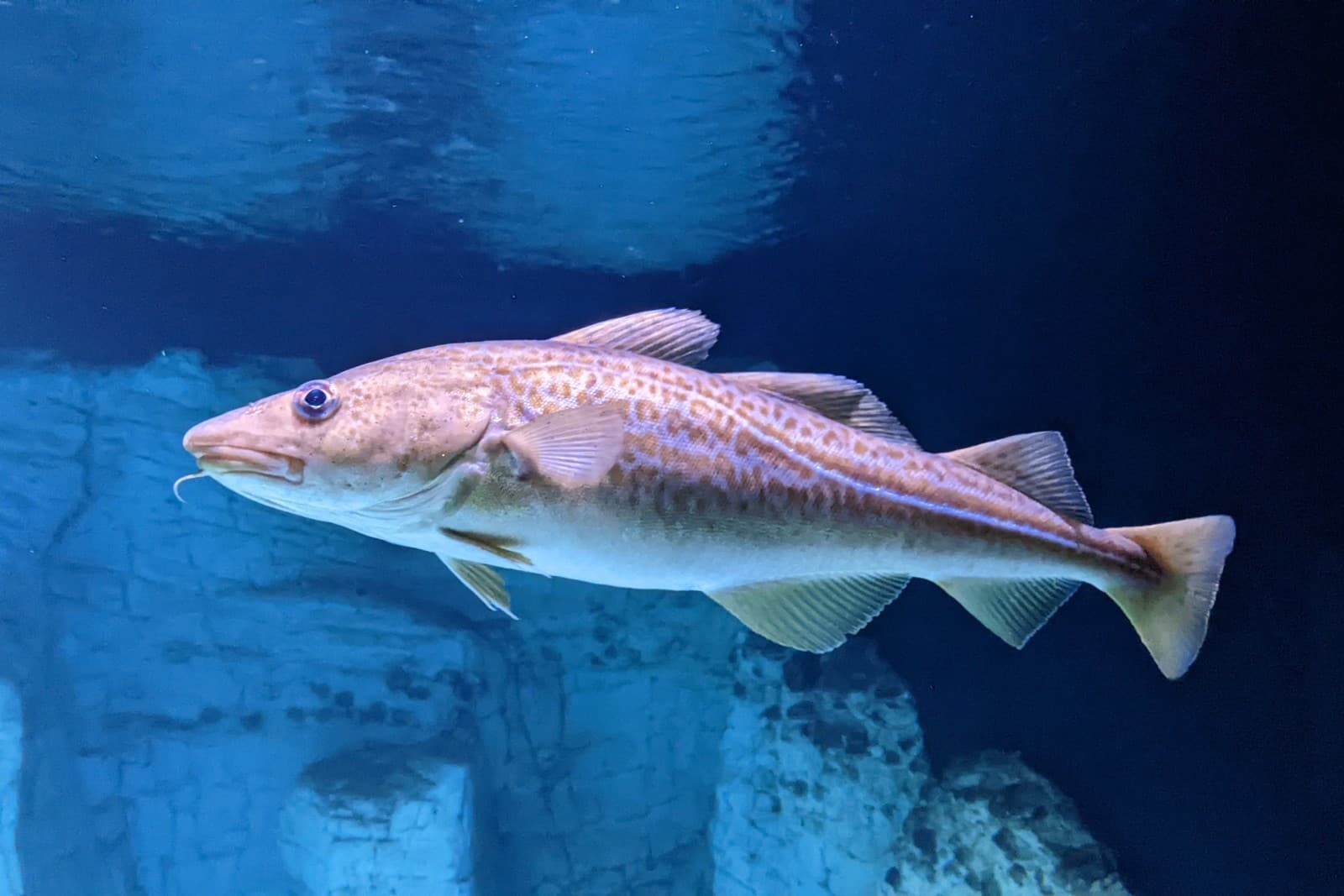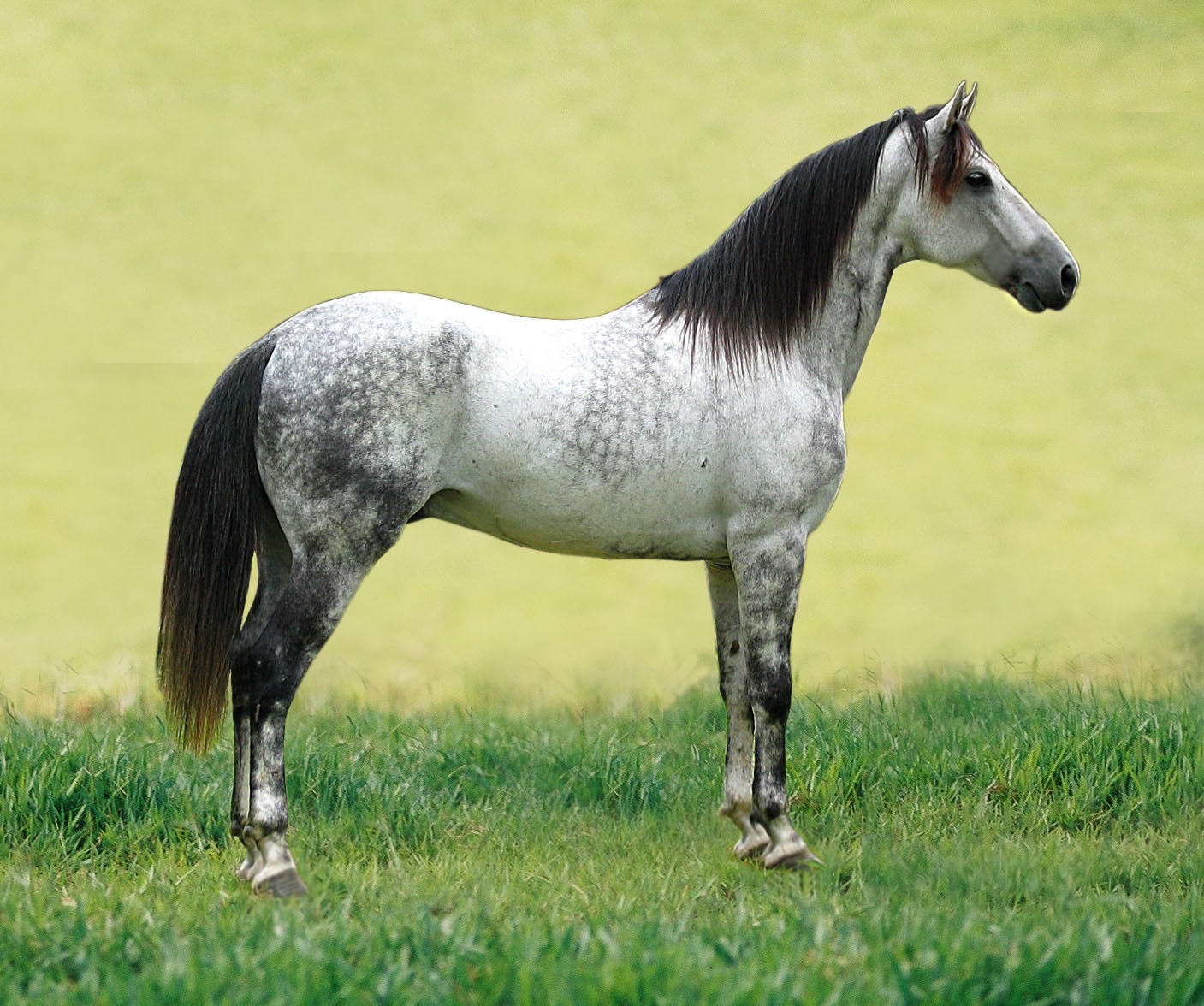Stingray vs Manta Ray: A Complete Comparison
While stingrays and manta rays are both members of the ray family, they differ significantly in size, behavior, and feeding habits. Manta rays can reach wingspans of up to 29 feet (8.8 meters), while most stingrays remain under 6.5 feet (2 meters) across. Perhaps the most notable difference in this stingray vs manta ray comparison is their defensive mechanisms – stingrays possess venomous barbs, while manta rays lack any stinging capability.
These fascinating marine creatures have evolved to occupy different ecological niches, with stingrays typically dwelling on the ocean floor and manta rays preferring to glide through open waters. Their distinct feeding strategies and social behaviors make them uniquely adapted to their respective habitats.
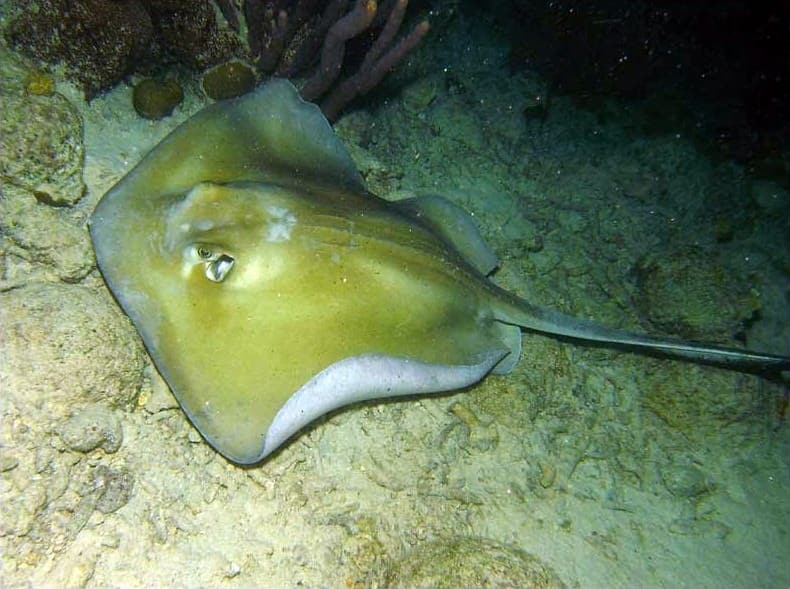
© Dan Hershman / CC BY 2.0
The Southern Stingray demonstrates the classic bottom-dwelling behavior typical of its species. Note the characteristic diamond-shaped body and long, defensive tail barb that distinguishes stingrays from their larger manta ray cousins.
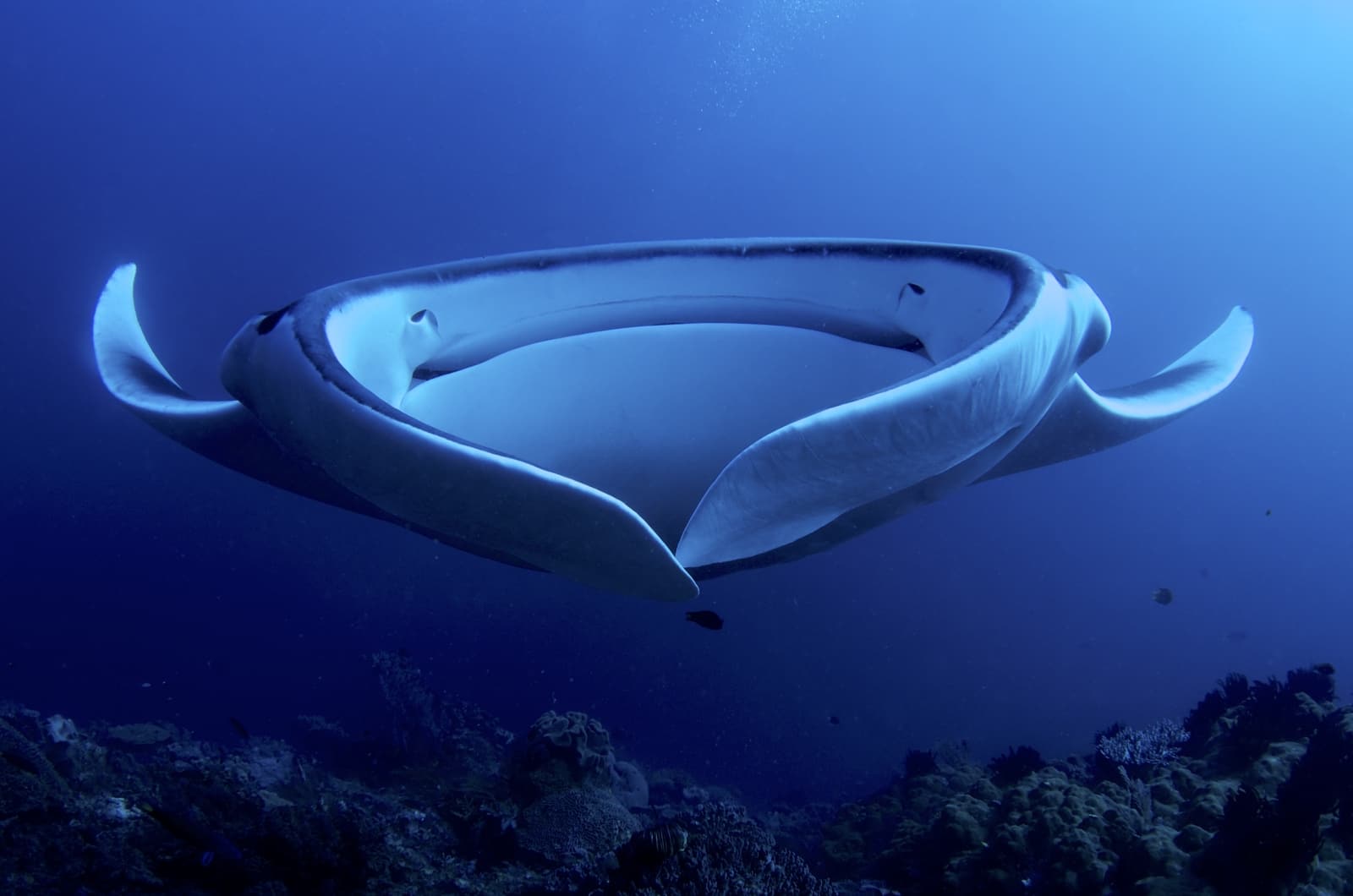
© Arturo de Frias Marques / CC BY-SA 4.0
A magnificent Giant Manta Ray displays its characteristic swimming behavior in open water. The distinctive cephalic fins and massive wingspan showcase why these filter feeders are known as the gentle giants of the ray family.
Key Differences Between Stingrays and Manta Rays
| Feature | Stingray | Manta Ray |
|---|---|---|
| Size | 6.5-foot (2m) average wingspan | Up to 29-foot (8.8m) wingspan |
| Defense Mechanism | Venomous barb on tail | No stinger or barb |
| Feeding Style | Predatory (fish, mollusks) | Filter feeding (plankton) |
| Habitat | Ocean floor, shallow waters | Open ocean, surface waters |
| Lifespan | 15-25 years | 40-50 years |
| Social Behavior | Usually solitary | Often social, forms groups |
Habitat and Behavior
Stingrays are primarily bottom-dwellers, spending much of their time partially buried in sandy or muddy substrates. They use their powerful sense of electroreception to detect prey hidden in the seafloor. In contrast, manta rays are pelagic swimmers, gracefully gliding through open waters and often performing acrobatic leaps above the surface.
Feeding Strategies
The feeding approaches of these species couldn’t be more different. Stingrays are active predators, using their powerful jaws to crush shellfish, crustaceans, and small fish. Manta rays are gentle filter feeders, using their specialized cephalic fins to funnel plankton-rich water into their enormous mouths while swimming.
Size and Physical Characteristics
While both species share a flat, disc-like body shape, their sizes vary dramatically. Most stingray species measure between 2-6.5 feet (0.6-2 meters) across, while manta rays are true giants of the ocean, with the largest recorded specimen reaching 29 feet (8.8 meters) in wingspan and weighing up to 3,000 pounds (1,360 kg).
Conservation Status
Both species face significant conservation challenges, though for different reasons. Stingrays are often caught as bycatch in bottom-trawling operations, while manta rays are specifically targeted for their gill rakers, which are used in traditional medicine. Many species of both groups are classified as vulnerable or endangered by the International Union for Conservation of Nature (IUCN).
Who Would Win in a Confrontation?
While neither species is naturally aggressive toward the other, it’s worth noting that stingrays and manta rays would rarely interact in the wild due to their different habitats and behaviors. Stingrays possess defensive venomous barbs, but manta rays’ sheer size advantage would make any theoretical confrontation impractical. These peaceful creatures typically avoid conflict, focusing instead on their distinct ecological roles.
Through millions of years of evolution, stingrays and manta rays have developed unique adaptations that make them perfectly suited to their respective niches in the marine ecosystem. While they share a common ancestry, their divergent evolution has resulted in two distinctly different, yet equally fascinating, groups of marine animals.
